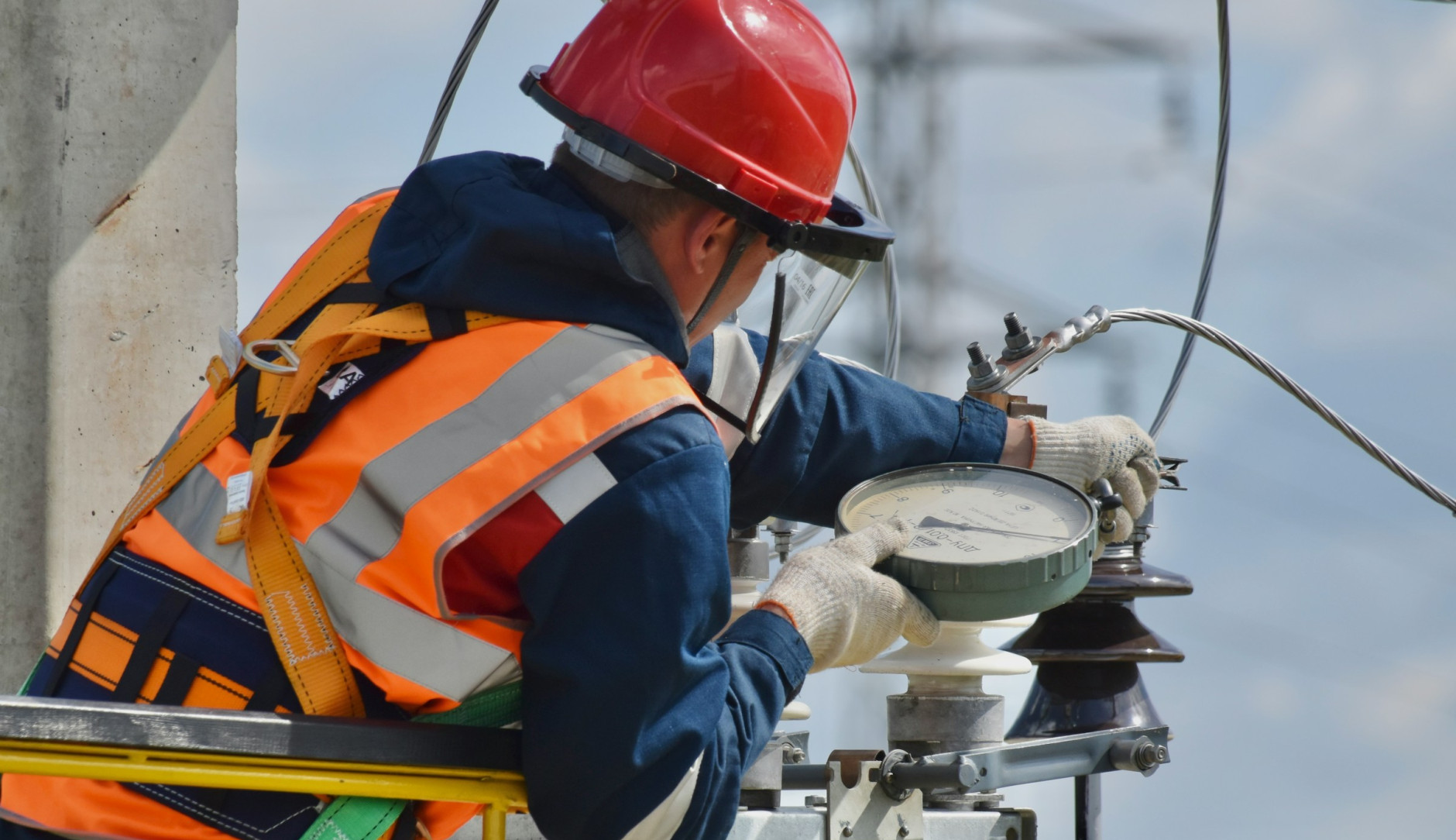Europe’s energy systems need to be overhauled to facilitate a sustainable future
At a global level, there has been a shift in policy on energy systems. The rise of renewable energy as a cheap low-carbon alternative to polluting fossil fuels has created opportunities for a transition away from the climate-damaging status quo - but are our energy systems fit-for-purpose?

Globally, there has been a significant policy shift towards renewable energy due to its affordability and low carbon footprint, offering a path away from environmentally damaging fossil fuels. However, upgrading our energy systems to accommodate this will be one of the most complex tasks as fossil fuels maintain a grip on power grids thanks to their reliability, cost-effectiveness and established infrastructure. Renewable energy’s lower carbon outputs, cheaper operating costs and consumer prices, as well as its ability to tap into locally accessible resources is counterbalanced by high initial implementation costs in a system that was not built to accommodate it. Even without going into lobbying efforts against it and disinformation campaigns attempting to delegitimise it, renewable energy is facing an uphill climb for large-scale deployment.
As Europe prepares to reach net-zero by 2050, this perfectly highlights the conundrum we face.
The EU highlights that despite the growth and dominance of fossil fuels in the bloc’s energy portfolio through 1990-2021, renewable energy is steadily rising, accounting for 23% of energy consumption in 2022.
So what exactly is happening, and why is it important to improve our energy systems?
Long-Term Energy Security
Simply put, energy systems are tied directly to our socio-economic security. Russia’s war in Ukraine highlighted how fragile our energy systems are - fossil fuels prices skyrocketed around the world, and energy costs in Europe soared to stinging highs. The ensuing energy crisis played a part in the current inflation woes, according to the EU’s Economic Governance and EMU Scrutiny Unit, further showcasing how important internal robust internal supply chains and energy systems are to the stability of the Bloc. As such, the transitions to renewable energy and subsequent adherence to our net-zero goals would provide European nations with more sustainable and resilient infrastructures resistant to outside pressures. Importantly, it will also ensure a better economic future for citizens.
As we now know however, this transition is not as easy as imagined. Part of this is tied to domestic policies and local issues, such as Germany’s decision to invest in natural gas over nuclear power, as well as having contingencies in place to ensure no shortage of energy production as seen in the EU deal with Baku. At the end of the day though, we still need to meet our carbon emission reduction targets. From an energy standpoint this can only be done by increasing implementation of renewable energy, introducing smart technologies, and enforcing policies aimed at speeding up the uptake of both while simultaneously reducing fossil fuel output. Climate Action Tracker rates the European Union as having an ‘Acceptable’ net-zero target, and the 2022 data released by the EU suggests that the Bloc is shifting its energy production - but is it doing it fast enough?
Identifying the Challenges
A hallmark of fossil fuel energy production is centralised energy grids, where a power plant generates electricity from one location and then distributes it through power lines and associated infrastructure to provide energy throughout. This is thanks to fossil fuels’ characteristics and economies of scale making it easier for one powerplant to be used to create a large amount of energy through combustion. However, being reliant on centralised energy points means relying on whichever energy source the plant uses, as well as the plant itself to stay operational.
As we witnessed during the outbreak of the war in Ukraine, being reliant on one source for a significant share of energy can have wide-reaching impacts. Likewise, one plant going down unexpectedly can destabilise a grid and lead to cascading failures at other centralised power points, as seen in the United States and Australia in 2021. The logical next step then, is to provide energy security by improving and extending current grid infrastructure while creating opportunities for the creation of microgrids leveraging locally available renewable energy sources.
Investing in Innovation
A key point in Volt’s policies, microgrids could increase energy efficiency, improve resilience, reduce costs for both utility companies and consumers, in addition to creating green jobs and providing low-carbon energy sources. The implementation of microgrids would come alongside the creation of an upgraded European power grid that would make full use of the bloc’s energy production. Some renewable energy sources like hydropower, geothermal,solar or wind farms fit within a centralised grid, and the addition of microgrids will maximise local renewables at any scale.
Within such an energy system, large-scale power storage would also be key to reduce intermittency - using a mix of physical batteries, hydrogen, or pumped hydropower. Diversifying our energy portfolio and upgrading the current grid will help maintain stability and longevity of our energy systems - but adding in renewable microgrids paired with energy storage will add an extra layer of security.
Renewable energy should not have to rely on infrastructure that was built to facilitate fossil fuels. The best way forward to improve our renewable energy implementation should be to invest in microgrids capable of leveraging each country’s available resources while meeting domestic, regional, and global development goals that will ensure a sustainable socio-economic future for their communities. To reach the future it has set out for itself, Europe needs to update its current infrastructure and find opportunities to leverage renewable energy opportunities across the bloc - microgrids provide a good first step towards this.
Article by Vincent Diringer.